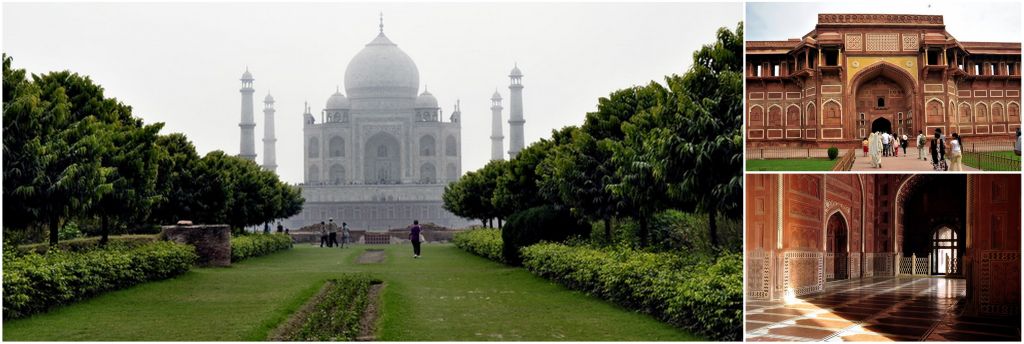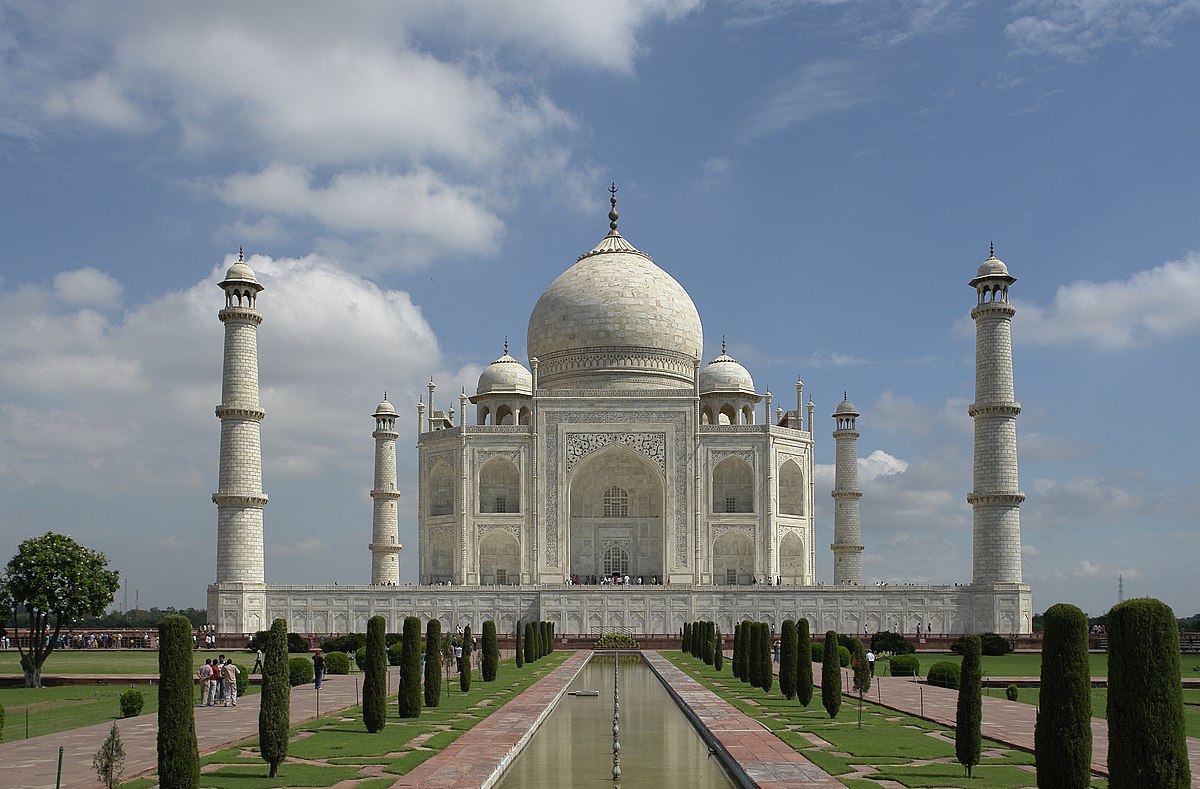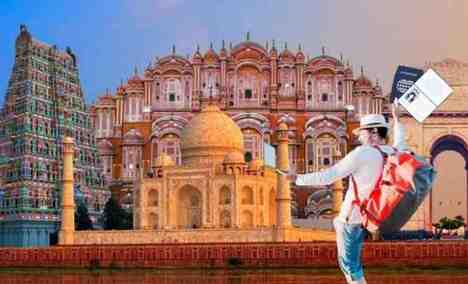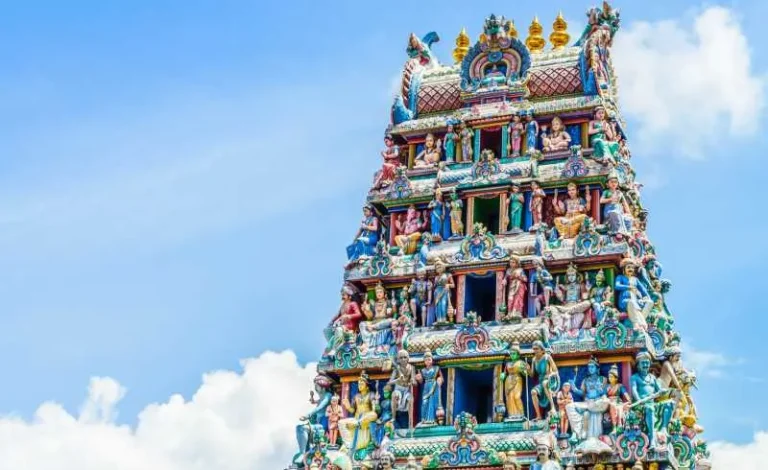February 3, 2014

Agra is one of the oldest Indian cities with a permanent name in world map. A brief peek at Indian history reveals Mughal emperors leaving their creative wonders in this ancient small town in Uttar Pradesh. World history remembers Agra as the abode of Taj and important heritage halts, all created under the patronage of mighty Mughals. Let’s find out.
Shah Jahan’s eternal epitome of love for his wife Mumtaz Mahal, magical Taj Mahal, needs no introduction. The elegant white marble memorial is pure enough to melt even the hardest heart. Agra’s claim to fame is with this extravagant yet classic expression of love. Towering on the banks of river Yamuna, Taj is one of the most photographed monuments. Included in the Seven Wonders Of The World, Taj reflects a fine fusion of Mughal, Indian and Persian architecture. The dazzling milk white facade charms tourists from different nooks of the world. Landscaped lawns, fountains, arched gateways make Taj Mahal a must thronged Indian halt. The emperor had chopped off a finger of artisans employed in erecting Taj, to prevent a duplicate been made. An elevated chamber lodges tombs of Mumtaz and Shah Jahan, facing Mecca. Holy scriptures from Quran can also be seen inscribed on the mausoleum.
Lying in close proximity to Taj Mahal is Agra Fort, made of red sandstone. Crowned as a UNESCO World Heritage Site in 1982, Mughal opulence shines through corners of the fort. Spreading across 2.5km, the fortress stands on the right bank of River Yamuna. A number of palaces, halls, mosques are homed inside the fort which Akbar started building. Later, Jahangir and Shah Jahan gave it the final shape. Notable structures lodged here are Khas Mahal, Sheesh Mahal, Anguri Bagh, Mina Masjid, Nagina Masjid, Diwan-i-aam and Diwan-i-Khas. A must on miss inside the fort premises is Musamman Burj, where Emperor Aurangzeb, Shah Jahan’s son had imprisoned the latter for 9 years. The helpless father had spent years marveling at The Taj Mahal from this place. You can capture a glance of Taj from this spot too.

Referred to as The City Of Victory, Fatehpur Sikri is Akbar’s brainchild. It was the capital of Mughal empire for 14 years. History unfolds, after Akbar’s twin sons died, he met Sufi saint Salim Chishti to know about the future heir. After the saint’s prediction of Jahangir been born next came true, Akbar constructed this historic town. A prominent structure inside Fatehpur Sikri include Shaikh Salim Chisti’s tomb. The emperor is said to have nine jewels in his court, who thrived in Fatehpur Sikri. One among them was Birbal, Akbar’s advisor, to whom the emperor dedicated Birbal Bhawan to. Numerous palaces including the one where Jodha Bai stayed, can be seen here.
Agra packed with Mughal architectural genius is a great place to visit with family. Students, especially kids have plenty to unravel here. Amazing Agra is a must see for those visiting incredible India.


















